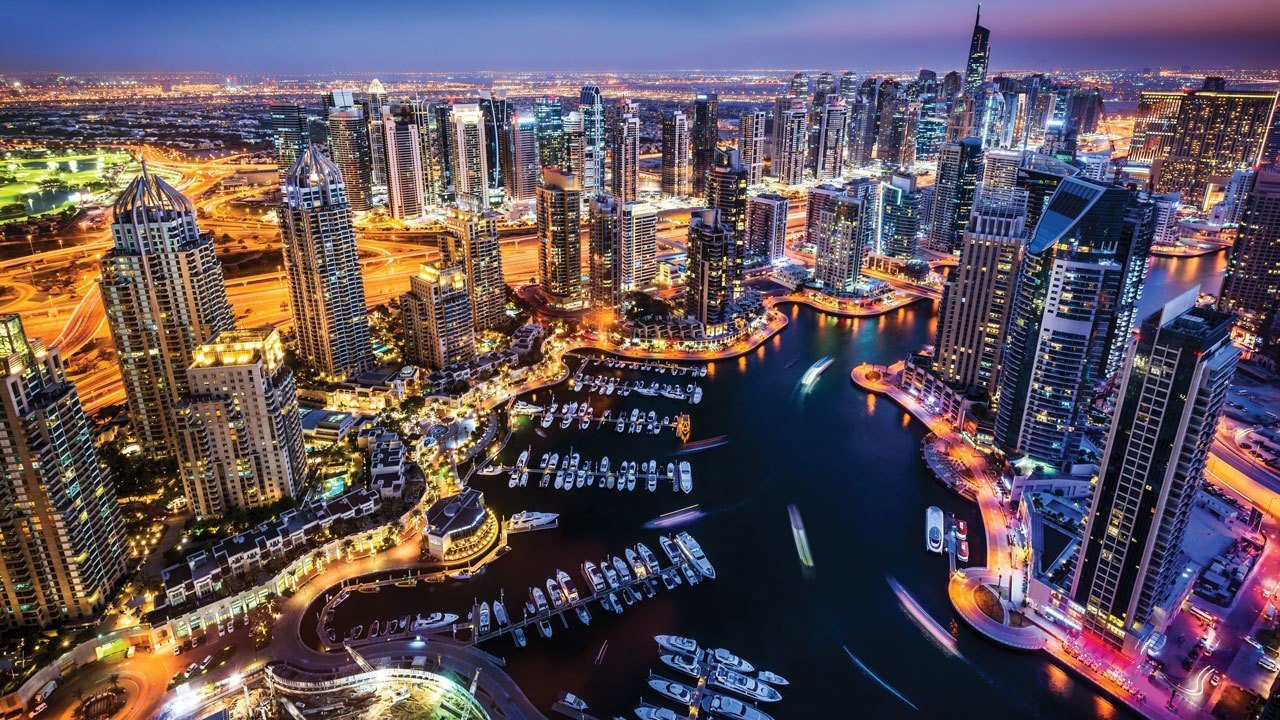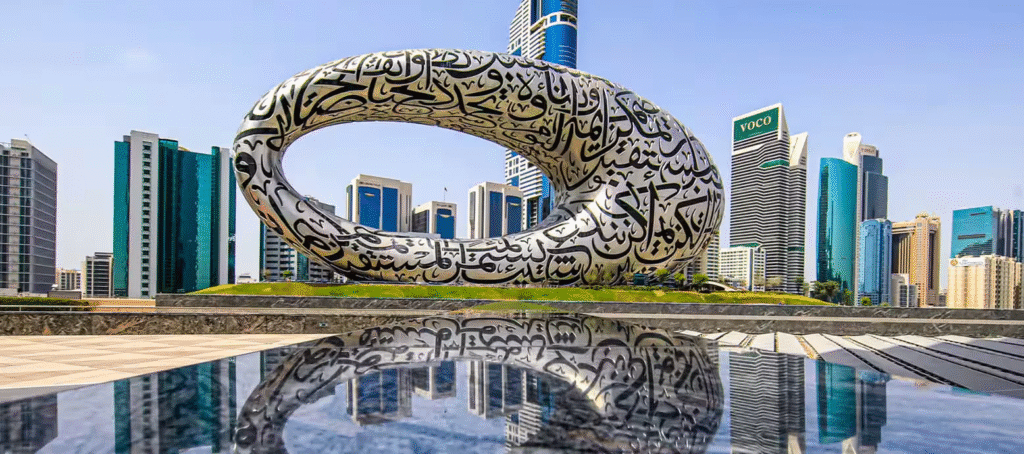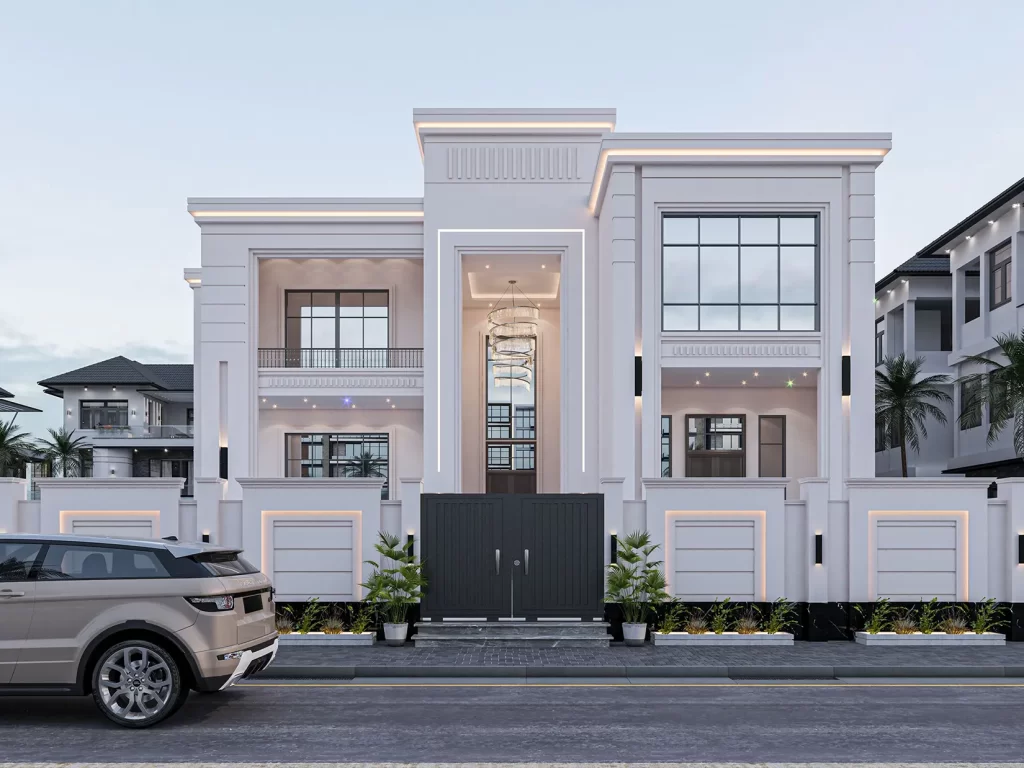Now Reading: 7 Powerful Ways Global Property Buyers Shape Dubai Retreats
-
01
7 Powerful Ways Global Property Buyers Shape Dubai Retreats
7 Powerful Ways Global Property Buyers Shape Dubai Retreats

Table of Contents
Global Property Buyers Creating Cultural Retreats in Dubai Real Estate is a rising trend reshaping the emirate’s property landscape. Once known for its glittering skyscrapers and ultra-modern villas, Dubai is now witnessing a shift—international investors are developing homes and projects that reflect rich cultural themes, heritage, and artistic sensibilities. This fusion of global tradition with Dubai’s luxury infrastructure is giving rise to a new era of real estate defined by culture, community, and creativity.
In this article, we’ll explore how and why global buyers are crafting these cultural retreats and the broader impact on Dubai’s real estate scene.
1. Global Buyers Seeking More Than Just Luxury

While luxury remains central to Dubai’s appeal, global property buyers creating cultural retreats in Dubai real estate are looking for something deeper—identity, connection, and experience. Investors from Europe, Asia, and the Middle East are now bringing their cultural aesthetics into their real estate projects. Whether it’s a Mediterranean-inspired villa in Al Barari or a Japanese Zen-style home in Jumeirah Islands, the city is becoming a mosaic of international influence.
These retreats are not just about decoration—they reflect lifestyle, tradition, and storytelling. Buyers want homes that represent who they are, not just what they can afford.
2. Cultural Architecture Gaining Market Value
Architects and developers are responding to this trend by hiring specialists in cultural design. Arabic arches, Indian courtyards, Italian frescoes, and Moroccan tiles are becoming sought-after features. These elements give properties a timeless appeal, setting them apart in a market saturated with generic designs.
Many experts believe this focus on cultural identity boosts long-term property value. Homes with unique aesthetics not only attract attention but also retain value due to their distinctiveness. Real estate agents now report that listings with cultural or heritage themes generate higher engagement and faster sales.
3. Popular Areas for Cultural Retreats
Dubai’s evolving zoning laws and luxury districts offer the perfect setting for cultural retreats. Areas like:
- Al Barari: Known for its nature-inspired villas, this area is now a hub for Mediterranean and Balinese-style homes.
- Jumeirah Golf Estates: Hosting Tuscan and Spanish-style villas with terracotta finishes and wine cellars.
- Dubai Hills Estate: Welcoming Japanese and Korean minimalist villas with Zen gardens and sliding Shoji doors.
- Palm Jumeirah: Seeing a rise in Moroccan and Indian-inspired beachfront mansions.
These areas provide ample space, customization freedom, and prestige—ideal conditions for cultural expression in real estate.
4. Cultural Retreats as Second Homes
Many of these buyers are not permanent residents but use their properties as second homes or seasonal escapes. For wealthy families from Europe or Asia, these homes serve as vacation hideaways that reflect their lifestyle and values. These buyers bring chefs, spiritual guides, and cultural artifacts from home, transforming Dubai villas into full-fledged cultural retreats.
This demand also benefits Dubai’s local economy—craftsmen, designers, and importers of cultural materials see increased demand. From handmade carpets to vintage tiles, the market is booming with orders for authentic, heritage items.
5. Retreats for Wellness, Art, and Spirituality
These homes are also wellness-focused. Buyers are increasingly integrating:
- Ayurvedic therapy rooms
- Japanese tea rooms
- Islamic calligraphy lounges
- Art studios for painting or sculpture
These features are not only luxurious but functional, enabling residents to engage in practices rooted in their culture. It’s not just about design—it’s about living one’s culture.
Developers are also including meditation zones, prayer halls, and organic gardens, turning these homes into peaceful sanctuaries amid Dubai’s fast-paced environment.
6. Why Dubai is the Perfect Canvas
There’s a reason global property buyers creating cultural retreats in Dubai real estate has gained momentum. Dubai’s real estate framework allows high levels of customization and innovation. Its flexible ownership laws for foreigners, high safety standards, and cosmopolitan environment make it ideal for such niche property investments.
Moreover, Dubai’s multicultural population and international appeal mean that residents and visitors alike appreciate and understand global cultures. This multicultural respect creates a supportive environment for such culturally rich homes to thrive.
7. Future Outlook: Cultural Retreats Will Dominate Luxury Segment

Experts forecast that cultural retreats will soon dominate Dubai’s top-tier luxury segment. As more high-net-worth individuals seek homes that reflect their background and beliefs, this trend will only intensify. Real estate consultants are already advising clients to focus on properties with a cultural edge, predicting that demand will continue to grow well into the next decade.
Developers like Emaar, Sobha, and Damac are already adjusting their portfolios to cater to this trend. New launches may include themed communities, cultural centers, or custom-designed villas for specific global markets.
Conclusion
The trend of global property buyers creating cultural retreats in Dubai real estate is more than just a design movement—it represents a shift in how people view their homes. It’s about identity, belonging, and legacy. As Dubai continues to embrace diversity and globalism, these cultural homes offer a glimpse into a future where luxury means more than just marble floors and infinity pools. It means soul, heritage, and personal expression.
Investors, developers, and homeowners alike should take note—cultural real estate is not just a passing phase. It’s the new face of high-end living in Dubai.
Also Read – How the Young Billionaires Are Shaping Dubai’s Luxury Housing Trends





















